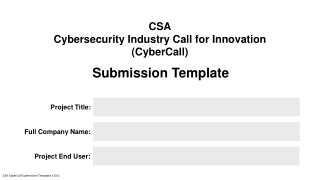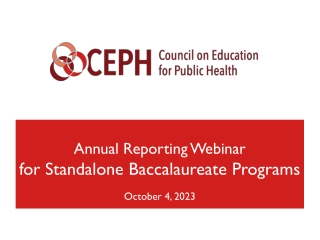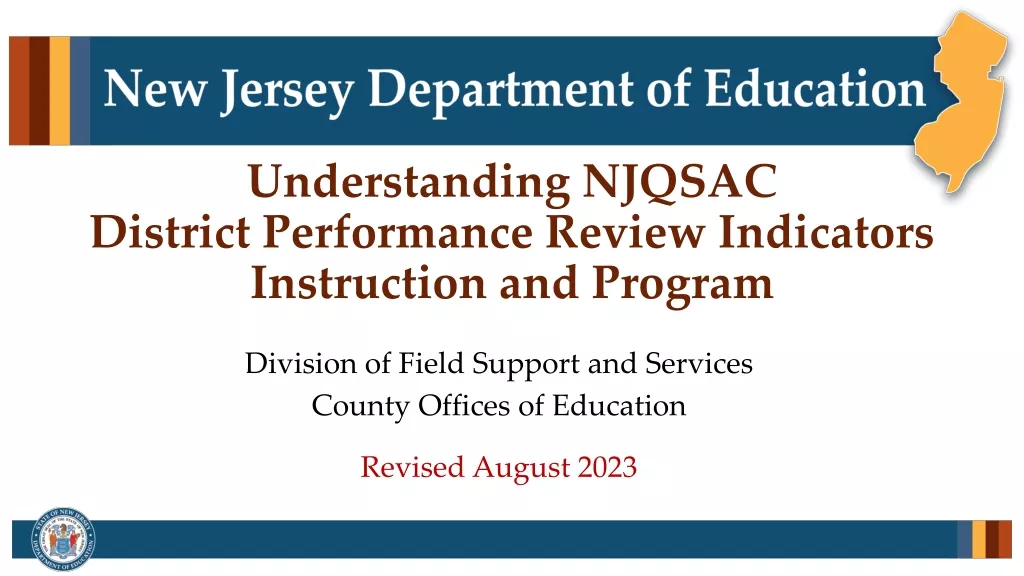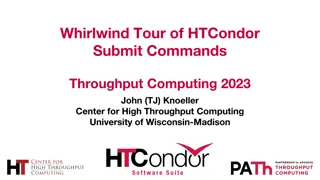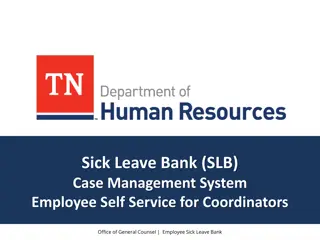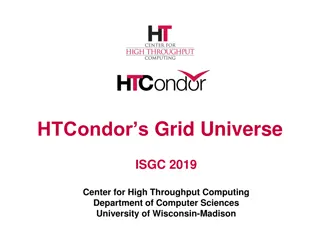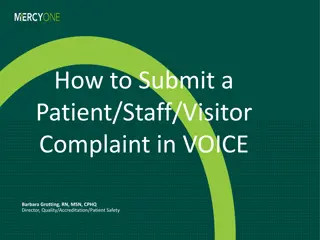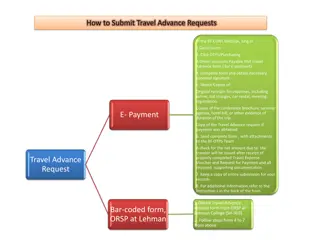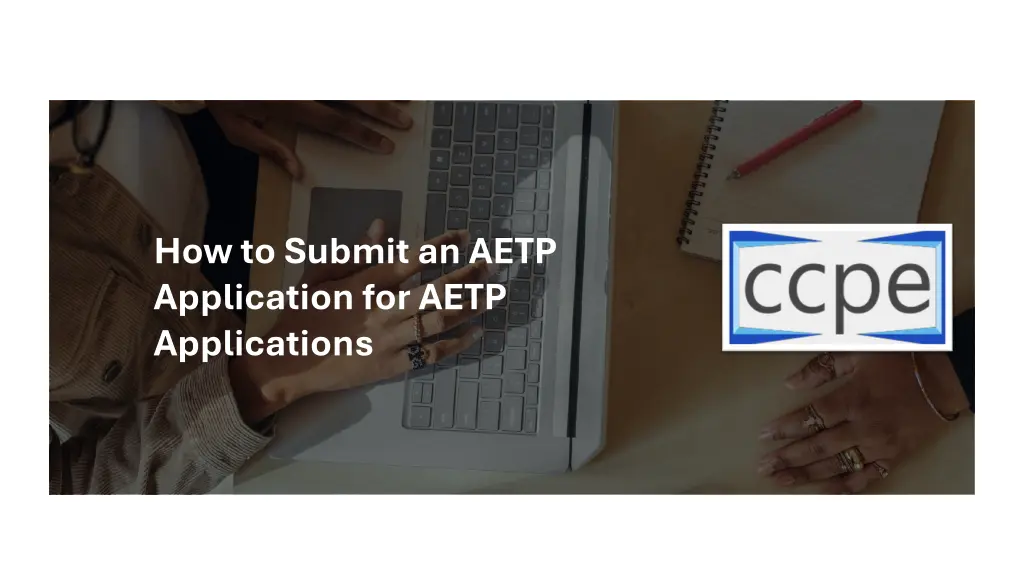
AETP Application Process and Program Overview
Learn how to submit an AETP application for the Attracting Excellence to Teaching Program (AETP) in Nebraska. Explore the Excellence in Teaching Act (ETA), its components, eligibility requirements, and loan application process. Discover the various ETA programs available, such as the Enhancing Excellence in Teaching Program and the Attracting Excellence in Teaching Program. Get insights into the purpose and benefits of these programs for aspiring teachers in Nebraska.
Download Presentation

Please find below an Image/Link to download the presentation.
The content on the website is provided AS IS for your information and personal use only. It may not be sold, licensed, or shared on other websites without obtaining consent from the author. If you encounter any issues during the download, it is possible that the publisher has removed the file from their server.
You are allowed to download the files provided on this website for personal or commercial use, subject to the condition that they are used lawfully. All files are the property of their respective owners.
The content on the website is provided AS IS for your information and personal use only. It may not be sold, licensed, or shared on other websites without obtaining consent from the author.
E N D
Presentation Transcript
How to Submit an AETP Application for AETP Applications
Course Overview The purpose of this training program is to equip learners with a fundamental understanding of the ETA program including the components of the program, the AETP application process, and the loan management process.
Welcome You will learn about the fundamentals of the Excellence in Teaching Act (ETA) and how to navigate the ETA online system. This includes: The purpose of the Excellence in Teaching Act The components of the Excellence in Teaching Act Eligibility and application requirements The AETP loan application process
What is the Excellence in Teaching Act (ETA)? The Excellence in Teaching Act (ETA) is a legislative bill passed in the state of Nebraska designed to attract new teachers and upskill existing teachers. It was created in April 2009 when the Nebraska Legislature approved LB547 and revised the Attracting Excellence to Teaching Program created in 2006 to become the Excellence in Teaching Act. The ETA grants the Nebraska Coordinating Commission for Post-secondary Education (CCPE) and the State Board of Education the authority to set forth rules and regulations to carry out the Act. The ETA is comprised of three main components.
ETA Programs Overview The Enhancing Excellence in Teaching (EETP - ST) The Enhancing Excellence in Teaching Program (EETP) provides forgivable loans to Nebraska teachers enrolled in an eligible graduate program at an eligible Nebraska institution. The Attracting Excellence in Teaching Program Student Teaching (AETP - ST) The Attracting Excellence to Teaching - Student Teaching (AETP-ST) provides a one-time forgivable loan to eligible students who are enrolled in an undergraduate or graduate teacher education program at an eligible Nebraska institution working towards their initial certificates to teach in Nebraska during their student teaching semester. The Attracting Excellence in Teaching Program (AETP) The purpose of the Attracting Excellence to Teaching Program is to: Attract outstanding students to major in teacher shortage areas at the teacher education programs at Nebraska colleges and universities. Retain resident students and graduates as teachers in Nebraska schools; and Establish a loan contract that requires a borrower to obtain employment as a Nebraska teacher upon graduation from a college or university.
Attracting Excellence in Teaching Program (AETP) Overview The Attracting Excellence to Teaching Program (AETP) provides forgivable loans to eligible students who are enrolled in an undergraduate or graduate teacher education program at an eligible Nebraska institution working towards his/her initial certificate to teach in Nebraska.
AETP Eligibility An eligible student must meet the following criteria to be considered for AETP funds: Is a full-time student enrolled in 24 semester undergraduate credit hours or 18 semester graduate credit hours of classroom, laboratory, clinical, practicum, or independent study coursework in a 12 month period; Is enrolled in an undergraduate or graduate teacher education program at an eligible Nebraska institution that is accredited by a regional accrediting agency recognized by the United States Department of Education as determined to be acceptable by the Board, has a teacher education program accredited by the State Department of Education, and, if a privately funded college or university, has not opted out of the program pursuant to rules and regulations; Is majoring in a teacher shortage area, as determined annually by the Commissioner of Education; Is working toward his/her initial certificate to teach in Nebraska; Is a resident student, as defined in Section 85-502 R.R.S. or, if enrolled in a privately funded eligible institution, would be deemed a resident student if enrolled in a state-funded eligible institution; Has a minimum cumulative GPA of 3.0 or has graduated in the top quarter of his or her high school class; Agrees to complete the teacher education program that he or she is enrolled in and to complete the major on which his or her eligibility is based within five years of the initial AETP award; and Commits to become certified with an endorsement in a teacher shortage area and teach in an accredited or approved public or private Nebraska school at least a portion of the time in said teacher shortage area.
How Does the AETP Work? Eligible students may apply, on an annual basis, for an AETP loan in an amount of $3,000 and can apply for, and receive, AETP loans annually for up to five (5) consecutive years. In return for receiving an AETP loan, the student agrees to complete the teacher education program that s/he is currently enrolled in and commits to becoming certified and to teach full-time in an accredited or approved public or private school in Nebraska. If the student meets the loan forgiveness obligations, loans will be forgiven, beginning after the first two years of full-time teaching, in an amount up to $3,000 for each year of teaching or in an amount up to $6,000 for each year of teaching if the student teaches in a school district that has been classified as very sparse or in a school building in which at least 40% of the students qualify for the poverty factor.
AETP Loan Forgiveness Obligation Upon successful completion of student teaching, AETP recipients are forgiven $1000 of AETP funds received. Following successful completion of the teacher education program and major for which the AETP loan was awarded, the loan recipient becomes certified, is employed as a full-time teacher in a Nebraska school within six months of graduation, and otherwise meets the requirements of the signed contract between the student applicant and the Coordinating Commission for Postsecondary Education (CCPE), AETP loans will be forgiven in the following manner, beginning at the end of the third year of teaching full-time following program completion: Recipient is forgiven up to $3,000 of AETP funds received, OR If recipient is teaching in a school district that is in a local system classified in the very sparse cost grouping or in a school building considered low-income in which at least 40% of students qualified for free lunches, as determined by the State Department of Education, will be forgiven up to $6,000 of AETP funds received Each following year of full-time teaching, the recipient will be forgiven up to $3,000 OR $6,000 (depending on school designation) of AETP funds received until the recipient's outstanding AETP loan balance is exhausted.
If the recipient does not meet the loan forgiveness obligations described above, then the loan must be repaid, with interest accruing as of the date the borrower signed the contract.
AETP Application Process Overview Roles and Responsibilities
Applicant/Recipient An applicant's primary role within the ETA application process is to create and submit applications. Once an application is submitted and approved, the applicant is converted into a Recipient. Within the ETA system, an Applicant/Recipient can: Registers as a new user Submits applications Receives notifications and updates on application, loan payment, loan repayment statuses Uploads supporting documentation Signs loan contracts Submits ACH info for loan repayment
IHE Coordinator Institution of Higher Education (IHE Coordinators play a supporting role in ETA applications. They represent the Applicant's college or university and are the first line of approval for all applications. Additionally, they can also upload supporting documentation for an application such as a GPA supplement, program of study information, and residency verification. Within the ETA system, an IHE Coordinators can: Within the ETA system, an Applicant/Recipient can: Registers as a new user Register as a new user Review and approve/deny applications Upload documentation
ETA Specialist An ETA Specialist's primary role is to manage applications within the ETA system. This includes approving and denying applications, generating loan contracts, and flagging applications. ETA Specialists are also responsible for assessing program eligibility and for determining eligible loan amounts. Within the ETA system, an ETA Specialist can: Register as a new user Review and approve/deny applications Mark approved applications to be paid by Accounting Mark loans to be forgiven and loans to begin repayment Create and sign loan contracts Mark loans as repaid
AETP Application Process Overview Application Flow
Step 1 Application Submission The application process begins when an Applicant submits a new application. The application is captured in ETA system and becomes available for review by IHE Coordinators and ETA Specialists.
Step 2 IHE Review After an application is submitted, it is reviewed by the IHE coordinator representing the Applicant's Institution of Higher Education. The IHE coordinator performs basic verification of the Applicant's: State residency Enrollment status Program of study If the IHE coordinator denies the application, it is routed back to the Applicant.
Step 3 ETA Specialist Review Applications approved by the IHE Coordinator are routed to an ETA Specialist who reviews the Applicant's program eligibility and determines loan award amounts. Applications that are denied are routed back to the Applicant.
Step 4 Contract Generation Once the application is approved by the IHE Coordinator and the ETA Specialist, the ETA Specialist generates loan contract documents which are routed back to the applicant.
Step 5 Applicant Signs Contract The Applicant receives a notification that their contract documents are ready for signature. Once the Applicant signs the documents, they are routed back to the ETA Specialist for countersignature.
Step 6 ETA Specialist Countersigns the Contract The contract signed by the Applicant is routed back to the ETA Specialist for signature.
Registering for an ETA account: If you are a past recipient of any of the three ETA forgivable loan programs: EETP, AETP, or AETP-Student Teaching, you will need to first select I am an existing program recipient . This is will prompt you to enter you email address. This is how you will register for you ETA account.
Registering an ETA Account as a new applicant Accessing the ETA Application To get started, users should enter https://eta.education.ne.gov/login into their browser. The ETA application supports modern browsers such as: Microsoft Edge Google Chrome Mozilla Firefox Watch the video tutorial for more information on creating an ETA Account.


